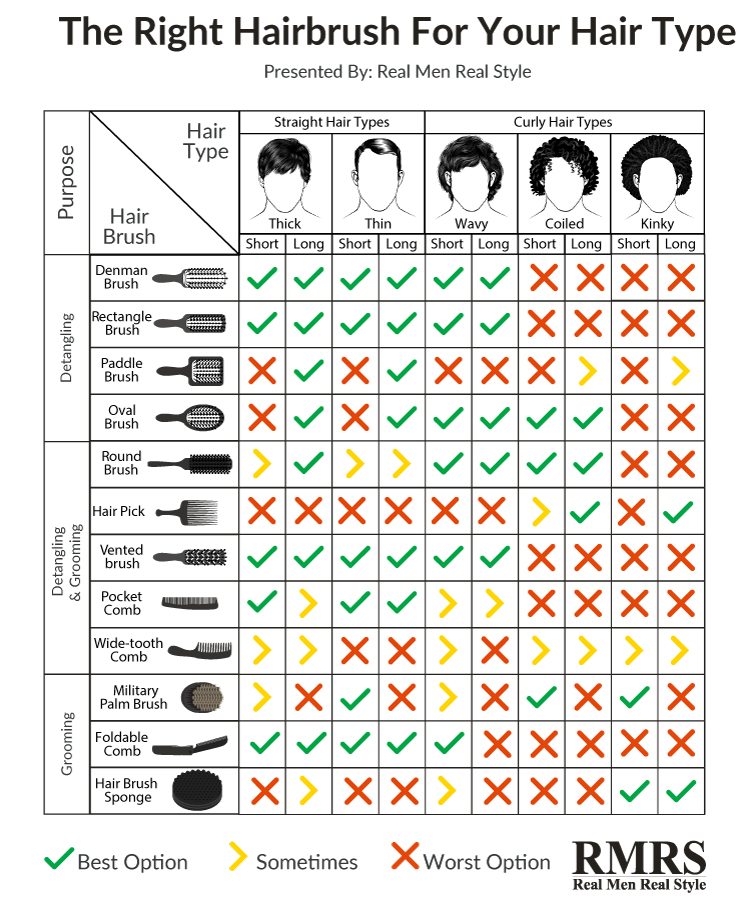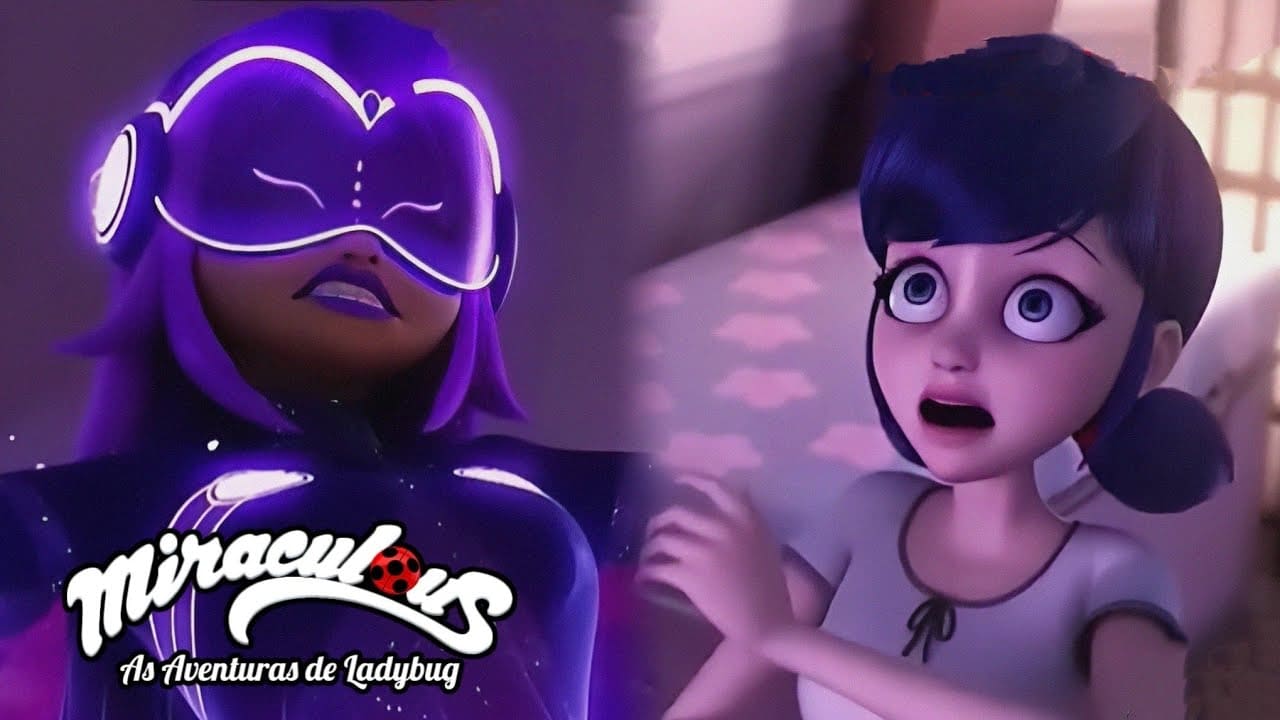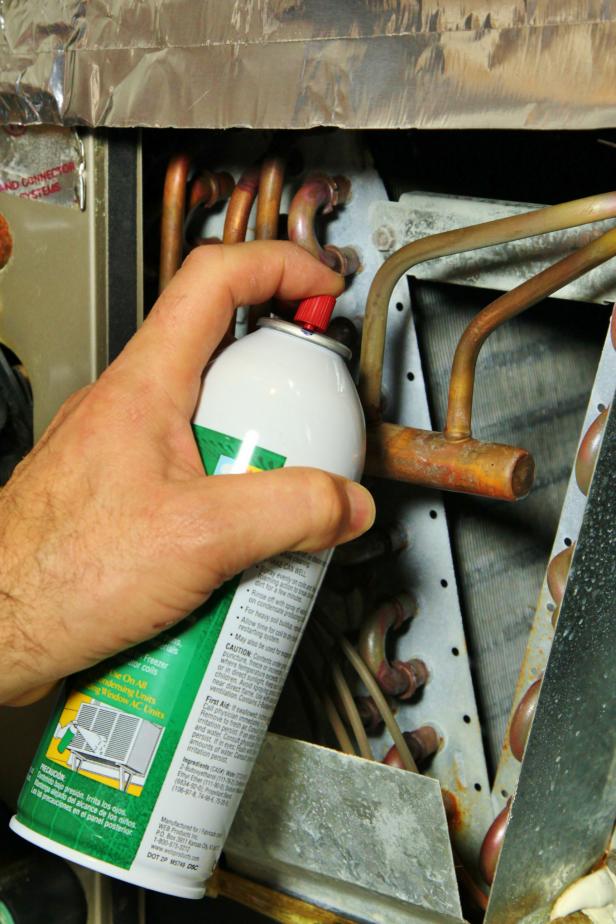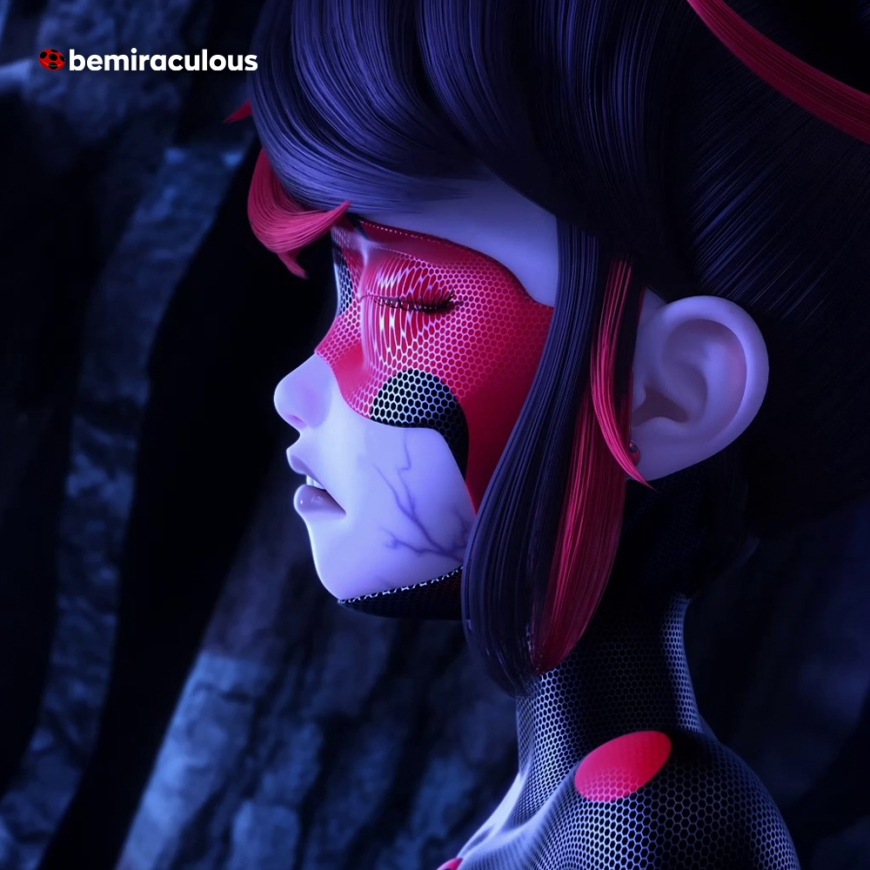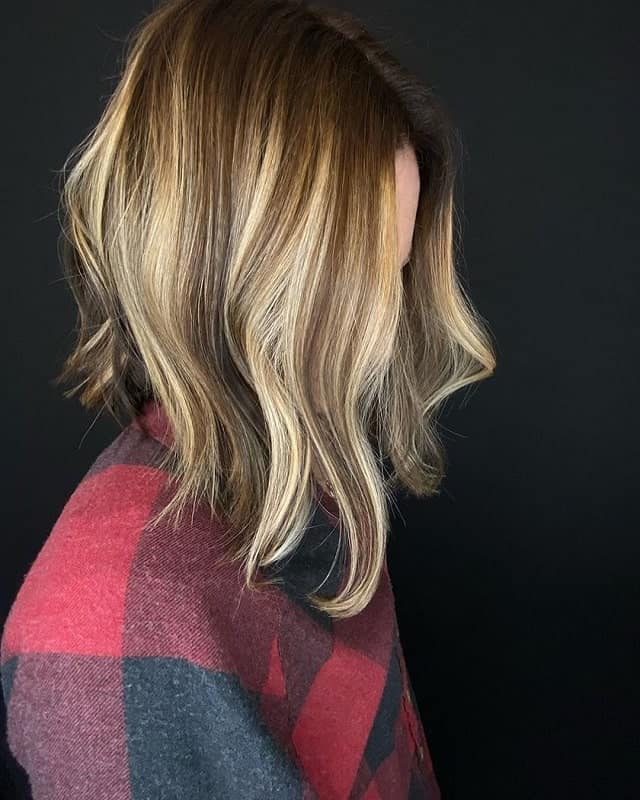Table Of Content

Even if you can’t change your hair’s texture for good, there are ways to make it look different for a short time. Type 3 curls are typically voluminous, climate-dependent, and prone to frizz. Your hair’s density can be affected by a number of factors, including stress, hormones during pregnancy or menopause, and nutrition. Hair that’s less porous is tightly locked and tends to resist moisture, whether that’s environmental humidity or chemical processing. Lovelace recommends using a diffuser, a toothy devise that snaps onto the end of your blow dryer and helps eliminate the frizz. 1A hair is completely straight and tends to be extremely flat, thin, with little to no body, but with a noticeable shine to it.
The best hair straighteners we’ve tested in 2024: Tame frizzy hair in a flash - Expert Reviews
The best hair straighteners we’ve tested in 2024: Tame frizzy hair in a flash.
Posted: Mon, 08 Apr 2024 07:00:00 GMT [source]
Dove Amplified Textures Moisture Lock Leave-In Conditioner
Work curling cream or gel down the length of each curl, twisting the strands around your index finger as you go. Though some stylists swear by styles that allow you to tuck away fragile ends to protect them while they grow out, Castillo says these styles often do more harm than good. While the hair is out of sight, it’s also out of reach for conditioning treatments. Type 1 hair has a tendency to become oily, so many stylists recommend that you check the label to be sure the product you’re buying isn’t going to add extra oil to your hair. Hair is primarily composed of keratin, a protein, which grows from the follicle. Keratins, and other proteins, are formulated in the cells of the hair follicle.
Type 2: wavy hair
Now that you’re clear-headed, you can make an informed decision while choosing any kind of hair product or treatment. If you have thin hair, avoid heavy products that could make it even flatter. Instead, try texture sprays and light mousses to add volume and lift. Those with thicker hair, on the other hand, will benefit from creams and butters that are thicker and less shiny. It lies somewhere between straight and curly, forming an ‘S’ shape.
Looking for a Hair Type Chart?
When she’s not writing about hair care, she enjoys gardening and petting all the lovely dogs that she meets. Avoid heavy hair serums, and butters as your hair texture are already fine. Since your hair tends to get frizzy easily, you need to invest in a good-quality hair conditioner or deep conditioning hair masks and hair spray to control the frizz.
of the Best Haircuts for Curly Hair of Every Length
If you plan to heat style waves or curls, or just want to blow dry your straight hair for a shinier finish, make sure you apply a heat protectant product first. Blow-drying at a lower heat setting will also help you avoid heat damage on straight hair. When you know what kind of hair you have, you can choose products that are made for that kind of hair. There are many shampoos, creams, and tools for styling hair that are made for different hair types.
Expert In Skin And Hair Types Around The World - L'Oreal
Expert In Skin And Hair Types Around The World.
Posted: Thu, 13 Aug 2020 20:32:50 GMT [source]
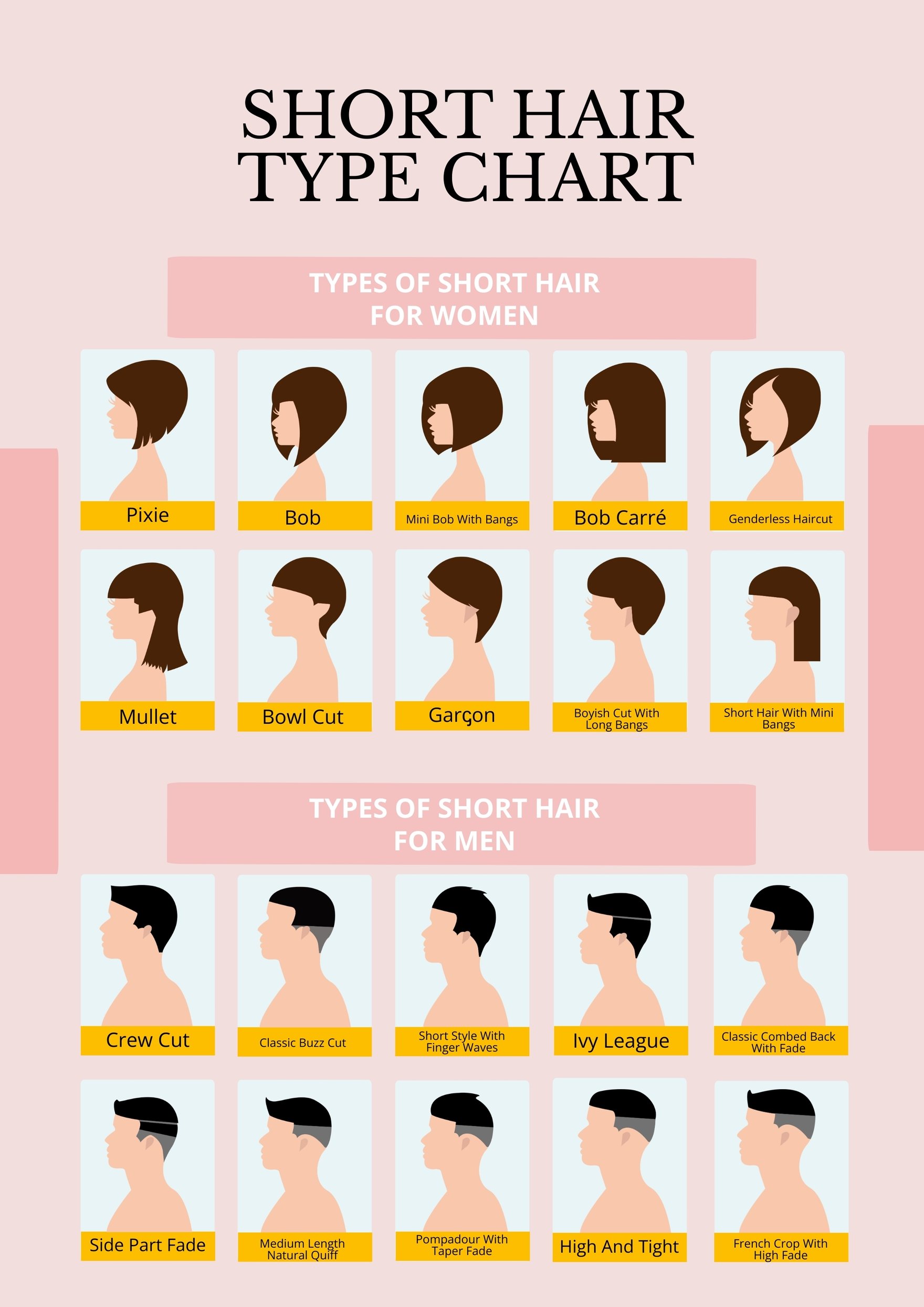
You can also pluck a strand from your head and compare it to other hair types. This type benefits from using products that deliver plenty of hydration, but since it’s high porosity, it also loses moisture fast. The key to managing that is using highly moisturizing products followed by a sealing oil to keep hydration locked into strands.
Dove Nutritive Solutions Anti-Frizz Oil Therapy Conditioner
Overall, caring for Type 1C hair requires a delicate balance of moisturizing and styling products. With the right care and styling techniques, Type 1C hair can be easily managed and styled to achieve a range of different looks. If you have high porosity, you’ll want to cut down on treatments that might damage your hair, such as heat and bleach.
To care for 3C hair, it’s important to use moisturizing products that provide definition and control frizz, without weighing the hair down. While hair type charts vary in what hair qualities they feature, one factor they always include is texture. Hair texture generally refers to the natural shape or pattern of your hair strands.
It dries somewhere in between and, depending on its density, can have more or less S-shaped curls throughout. If you're wondering, "Is my hair 2A or 2B or 2C?," know that it may have characteristics of all three. We hope this guide will help you embrace the natural beauty of your hair type and maybe even give you some new insight on what products work best for your individual hair type. Type 3A curls are characterized by well-defined, springy spiral loops.
This is the hair type that requires the most moisture—heavy butters like the Melanin Hair Care Twist Elongating Style Cream ($20). Strands with the 4B pattern are densely packed and can bend in sharp angles like the letter Z. "I love that it can be shaped in many different ways," says François. These strands tend to be shiny with large, loose curls that have a diameter about the size of a piece of sidewalk chalk.
For these hair types, the biggest concern is typically product buildup, especially with thick hair oils and mousses. That’s why it’s recommended you apply products while your hair is still damp to help ensure they’re more easily absorbed and distributed. Type 4 on our hair typing chart (coily or kinky hair) is much springier than type 3 curly hair. While bends and curl patterns are sometimes obvious in type 4 hair, the S-shaped curls of type 3 hair are not present.
Type 3A tends to be fine to medium in texture, so it needs lightweight styling products. Try Design Essentials Natural Curl Enhancing Mousse for lightweight hold that acts like scaffolding for your loose, bouncy curls. Type 2 hair may vary in the degree of waviness, but all type 2 hair can benefit from using the right types of products and styling techniques. If oiliness, frizz, or chronic dryness are plaguing your strands, finding out your actual hair type will help you correct the issues and get on the path to better hair health. Non curl pattern specific brands are just as likely to give you the same results as curl pattern specific products. All you need to know is that for kinkier curls, choose a heavier product like a thick gel and for looser curls, light leave in conditioners or more liquid gels will do the trick.
When washing 2A hair, it’s important to use a moisturizing shampoo and conditioner to prevent dryness and breakage. To avoid weighing down the hair, it’s best to avoid heavy products like oils or butters, and instead use lightweight products like mousses or sprays. The strand also tends to be a bit coarse, compared to other wavy hair types. Type 4 hair grows from hook-shaped hair follicles that produce wiry, tightly coiled curls. This type tends to be naturally dry, spongy, and fragile, making it prone to breakage. Individual strands form tight, small S-shaped or zigzag-shaped curls.
Let’s learn about the different hair types and the styling and care tips that experts suggest for each one. Straight hair, the first category in our comprehensive guide on hair types, is distinguished by its sleek, smooth texture and shine. Common among African American women, these tightly coiled locks may appear robust due to several strands packed together, but they’re surprisingly fragile when dealt with individually. Unsurprisingly there are three distinct categories within this type as well – namely 4A/4B/4C. But to really want to understand your hair we're going to get down and detailed. Type 2 hair isn’t exactly straight, but also not exactly curly.
